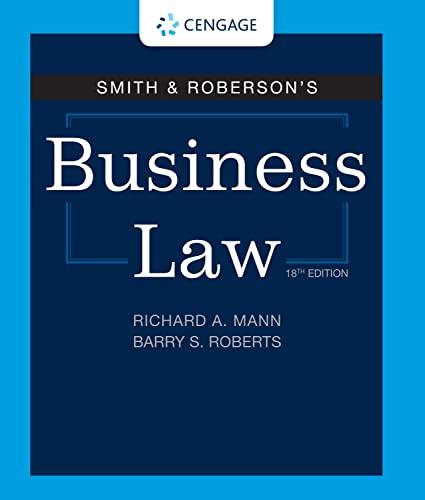Question
INTRODUCTION: The purpose of this study is to present the idea of workplace harassment. It also draws attention to the legislation and legal framework, the
INTRODUCTION:
The purpose of this study is to present the idea of workplace harassment. It also draws attention to the legislation and legal framework, the types and forms of workplace harassment as well as the impact it has on the workplace will be covered in the section below. Additionally, it also provides examples of ways for mitigating and preventing workplace harassment. To comprehend the idea of workplace harassment, there are several case law analyses available. The conclusion is there to provide an overview of the most significant findings and new insights that have been discovered. The conclusion provides an overview of the major discoveries and new insights that have been discovered. In addition to that, the paper also shows how the issues will impact employers in the future.
The phrase "workplace harassment" is frequently employed in academic, organisational, and journalistic contexts. It turns out to be more difficult than it looks to define each instance of workplace harassment. Individual potential, wellbeing, and mental health can all be impacted by harassment. It also has an impact on an individual's level of job satisfaction. Simply put, "workplace harassment" refers to any unwanted speech or behaviour that is directed at someone at an event, on the job, or in public that has the potential to insult or embarrass them. Furthermore, harassment has a negative effect on people's mental health, the company, and the economy due to costs, absenteeism, and decreased output, all of which can increase employee turnover.
In 2016 General Social Survey (GSS) on Canadians at Work, it was reported that 15 to 64-year-old Canadian workers who worked both at home and in the workplace reported experiencing workplace harassment (Melissa M, Darcy H;2018). Most of the workers reportedly endured physical assault, threats, verbal abuse, degrading attitude, and unwelcome sexual attention or harassment. Based on statistics from Canadian Workplace, it is evident that, altogether, 19% of women reported instances of harassment at work, whereas only 13% of men did the same in the previous year.
Another incident of workplace harassment, the #MeToo movement, sparked by allegations against Harvey Weinstein, shed light on workplace sexual harassment, leading to firings and legal action. Feminist theories view harassment as stemming from patriarchal power dynamics, impacting various sectors globally. While #MeToo prompted legal reforms, its overall impact on workplace culture is debated. Criticisms include unclear goals and overlooking certain demographics like sex industry workers. However, despite legal frameworks, challenges persist in addressing and preventing harassment effectively. Understanding the dynamics and impact of workplace harassment is crucial for creating safer and more inclusive work environments across Canada.
write a case LAW analysis and also conclution for this and add references please
Step by Step Solution
There are 3 Steps involved in it
Step: 1

Get Instant Access to Expert-Tailored Solutions
See step-by-step solutions with expert insights and AI powered tools for academic success
Step: 2

Step: 3

Ace Your Homework with AI
Get the answers you need in no time with our AI-driven, step-by-step assistance
Get Started


